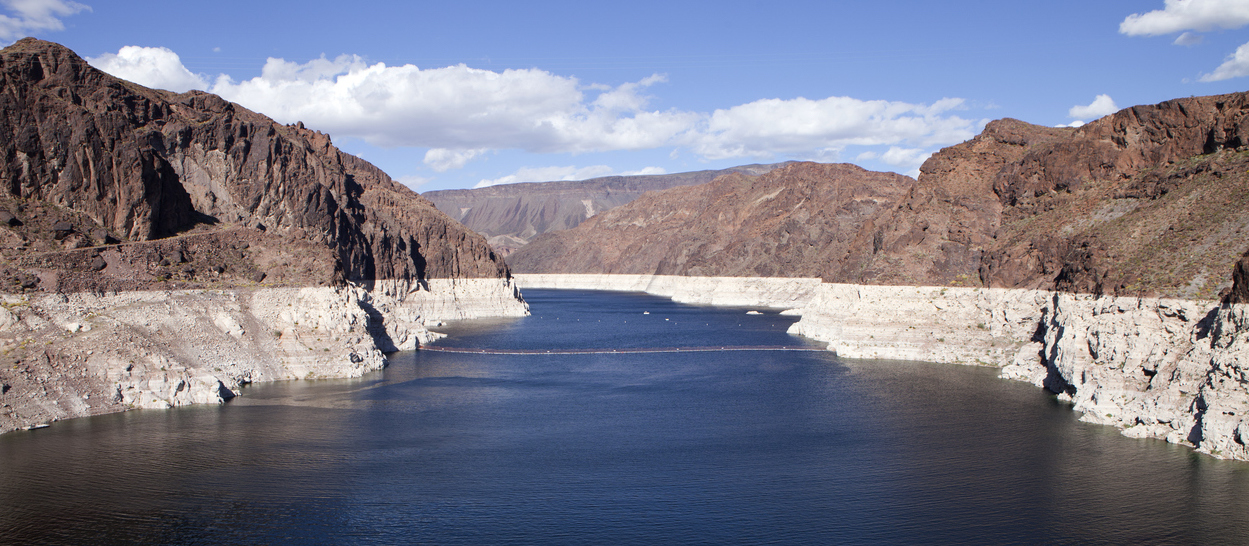End of SNWA pipeline fight unifies us all

By Kyle Roerink
In the fight to stop the Las Vegas Pipeline there have been many strange alliances.
There were farmers and ranchers working with big-city environmentalists, rural county governments mobilizing in lockstep with tribal officials, and faith groups working alongside scientists.
But the chasm dividing the Southern Nevada Water Authority and the cohort of pipeline opponents was as expansive as the water grab itself. The original proposal from 1989 spanned across the Great Basin, demanded every unclaimed drop of water in the region, and cost astronomical sums.
Shortly after his election to the Clark County Commission and appointment to the Southern Nevada Water Authority Board, Justin Jones and I spoke about the future prospects of the Las Vegas Pipeline. He didn’t mince words
He wanted the pipeline dead.
I was skeptical.
For years, SNWA said it needed to tap rural aquifers and pipe the water hundreds of miles to Las Vegas in order to sustain life in the Mojave Desert. Rural Nevada proclaimed that –– in the nation’s driest state –– SNWA would take the water it needed to survive.
For 31 years the pipeline fight has been a bare knuckle brawl. Litigation, state legislative battles, and congressional clashes have divided a state where we still label ourselves a la the American Civil War as the North and South. Ranchers like Dean Baker, activists like Abby Johnson, and tribal members like Delaine Spilsbury squared off against the likes of Harry Reid and Pat Mulroy. People lost jobs, friendships ended, and the red line between project proponents and opponents was one not to be crossed.
Lake Mead’s bathtub ring, climate change, and water sucking proposals from other states did not provide prospects of a congenial resolution.
However, I wasn’t hopeless.
All gubernatorial candidates in 2018 opposed the project. SNWA, led by General Manager John Entsminger, was nearing the completion of the Third Straw and incentivizing more conservation. Over the years SNWA pioneered policies like return-flow credits –– which almost double Nevada’s share of the Colorado River by efficiently recycling water –– along with turf removal and watering schedules. SNWA had begun working to ensure the protection of groundwater resources near places like Coyote Springs. Adjustments to the Colorado River Compact in 2017 also gave Nevada a leg up and new negotiations to better govern the river were underway as part of a federal Drought Contingency Plan.
In November 2019, oral arguments took place in Nevada’s Seventh Judicial District Court at the historic White Pine County Courthouse. A panoply of water grab opponents packed the century-old courtroom and watched GBWN counsel Simeon Herskovits square off against SNWA counsel Paul Taggart. The mise en scene in the tiny courthouse was cinematic. The outcome, however, would be all too real. Water in the desert was on the line.
Fast forward to March 2020. Senior District Court Judge Robert Estes issued a ruling that nullified the backbone of the project. Pipeline opponents expected an appeal to the Supreme Court. But it didn’t happen.
At the same time, a group of Las Vegas community leaders passed a strategic framework to invest more money in local conservation and Colorado River projects like desalination and other large-scale infrastructure initiatives in the Lower Basin. COVID-19 has slowed that down a bit. But it is the future for Southern Nevada and will soon be considered by the SNWA board.
Fittingly, on May 21, Jones asked the board to vote on a measure to the nail the coffin of the 31-year-old water grab. The board unanimously passed Jones’ motion.
The decision is a victory for Las Vegas ratepayers – all of whom would’ve been on the hook for a $15.5 billion project – and for the plant, animal and human residents of the Great Basin.
The news also puts an end to a regional battle that split apart two great areas of one great state.
Uncanny allegiances were paramount in stopping this project. It’s fitting that the last opponent of the water grab was the one we never expected.
Kyle Roerink is Executive Director of the Great Basin Water Network.
